You can’t force plants to grow. They have to do that themselves. However, a skilled gardener can create the ideal environment and shape the conditions to help plants thrive. Ensuring healthy soil, protecting plants from disease, and weeding regularly allow plants to reach their highest potential, producing vibrant flowers and abundant fruit.
As a leader, think of yourself as a master gardener, helping people flourish so they can perform at their best. Much like an orchard of trees, teams of people need structure, nurturing, protection, and space as they grow and develop.
In this episode of The Toastmasters Podcast episode, business coach Lauren Parsons digs deeper into the analogy of leading like a master gardener.
If tended well, a healthy orchard will live for generations, surviving and thriving through the seasons. Similarly, leaders who intentionally cultivate a healthy team culture will see the fruits of their labor over the long term, be that in your Toastmasters club, workplace, or community group.
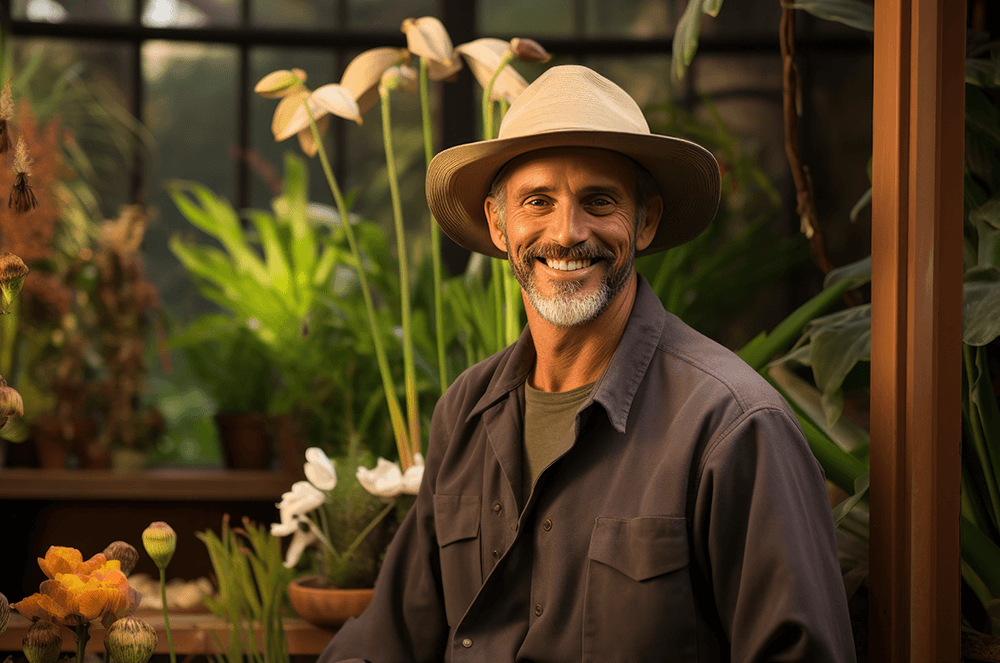
Here are 12 tips leaders can glean from master gardeners:
1 Light = A Clear Vision
People need to be inspired by a well-defined vision. Team members have to understand their organization’s purpose and be strongly aligned with it in order to do their best.
Toastmasters International’s mission statement, “We empower individuals to become more effective communicators and leaders,” describes the purpose and goals of the organization. A vision statement is similar but describes the aspirational ideals and goals. When I was President of Talk of the Town Toastmasters Club in New Zealand, we adapted the organization’s mission statement to create our club vision: “To be a warm, supportive, fun, and inspiring community that develops people’s communication and leadership skills.” Each adjective helped us foster the environment we strived to provide, and the word “community” was vital to the strong sense of connection and belonging we created.
- Give your team a clear vision that motivates and galvanizes them. When developing a vision statement, ideally get input from team members, and make sure it aligns with your company’s or organization’s overall mission. Share your vision statement at every opportunity, such as in team meetings, during one-on-ones, as part of performance reviews, and when speaking about your team to others.

2 Water = Positive Feedback and Appreciation
Just like plants without water, without appreciation people wither. Team members need regular watering with specific praise and encouragement to bolster their confidence as they develop and grow. People also do more of what they’re praised for.
Praise must be delivered in the right way and at the right time so the person receiving it can soak it up. While some people enjoy a private word, a thank you note, or an email, others prefer public praise, such as receiving a gift or an award in a team meeting, or being thanked in an all-staff email. When you can speak someone’s language of appreciation, your feedback has a greater impact.
Toastmasters’ founder, Dr. Ralph C. Smedley, understood the importance of positive feedback and it has been a part of every meeting since the first one in 1924. Smedley advocated for emphasizing what the speaker did well, followed by constructive feedback on ways to improve.
- As a leader, get good at catching people doing things right and offer immediate, specific praise. Ask team members how they like to receive praise and record this on their personnel file, along with a running list of their accolades and accomplishments. This is handy to refer to at performance review time.

3 Fertilizer = Coaching Feedback
This is the stuff that speeds our growth. Timely, corrective feedback that’s delivered in the right way helps people learn and progress. Left to their own devices, plants will grow, but not nearly as vigorously as when they receive fertilizer.
Great orchardists understand that nutrients need to be balanced and given at the right times, just as effective leaders understand the best style and delivery of feedback to suit their team members. Knowing someone’s personality profile helps you understand whether to be more or less direct, so your feedback lands well.
- Offer effective coaching feedback to help your people grow into their potential. Praise people’s strengths and share specific ways they can lift their performance. For example: “I really liked the effort you put into gathering those statistics for today’s presentation, it was really eye-opening. I think that if you can link those statistics to the differences those changes will make for customers, it’ll be even more compelling in next month’s meeting. How do you feel about that?”
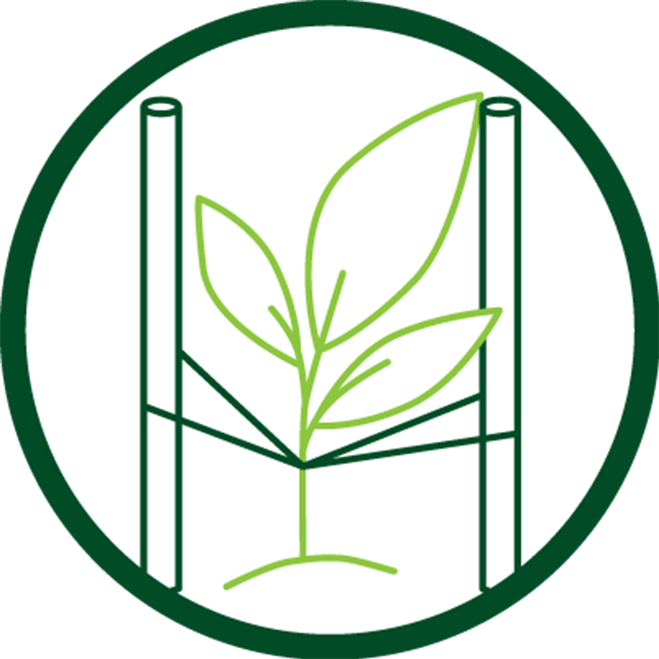
4 Stakes = A Good Induction Period
Newly planted trees are staked to help them get established, providing support while they put down roots. Similarly, a good induction period helps support people as they grow their confidence.
Have a clear plan for onboarding a new team member and help them acclimate. You can assign a buddy for the first two weeks, hold an office gathering in their honor, include a question of the day at weekly meetings to build connection, and schedule regular check-ins.
- Ensure good support to keep new people centered through any challenges that come their way until they can stand firm in their own ability.
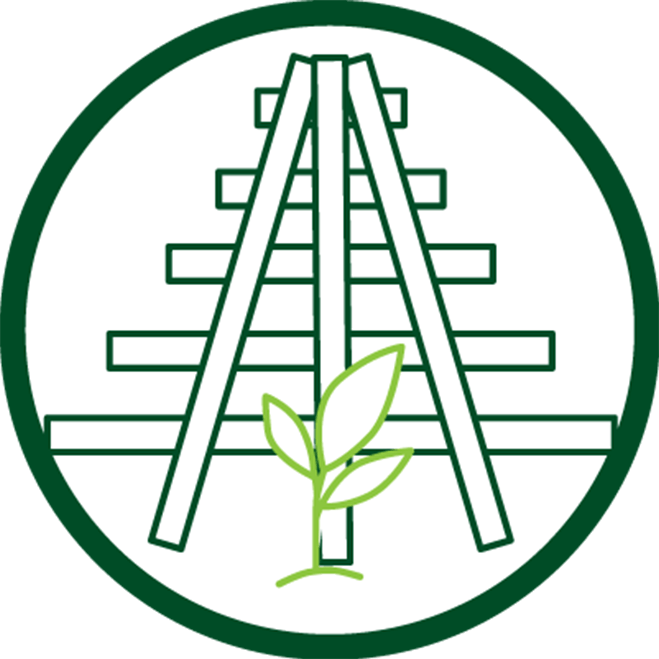
5 Training = Systems and Professional Development
Just as an orchardist places frameworks, cords,
or cables to train a plant to grow in the desired way, staff need clear direction. Well-defined manuals, checklists, and procedures set clear expectations, and when combined with training, they prevent staff from doing things haphazardly, or letting standards slip. Best practices include having standard procedures written down, setting clear timeframes, and holding regular progress checks and post-project debriefs to reflect on learnings and potential improvements.
- Make sure you have the right systems and regular training to underpin people’s progress.

6 Wind Protection = Psychological Safety
Wind can harm otherwise thriving trees, especially when they’re getting established. Ensuring a psychologically safe environment means people aren’t battered by negative influences. They’re not constantly second-guessing themselves or worrying how the day will go. Instead, they can put their energy into doing great work, without fear of putting their fruit (their ideas and work results) on display.
- Take care to create a safe environment where people can fully express themselves. Encourage people to speak up. Make it okay to share conflicting ideas and celebrate learnings. One example is to have “failure parties”—getting together over cake to discuss what went wrong and what can be learned from it.
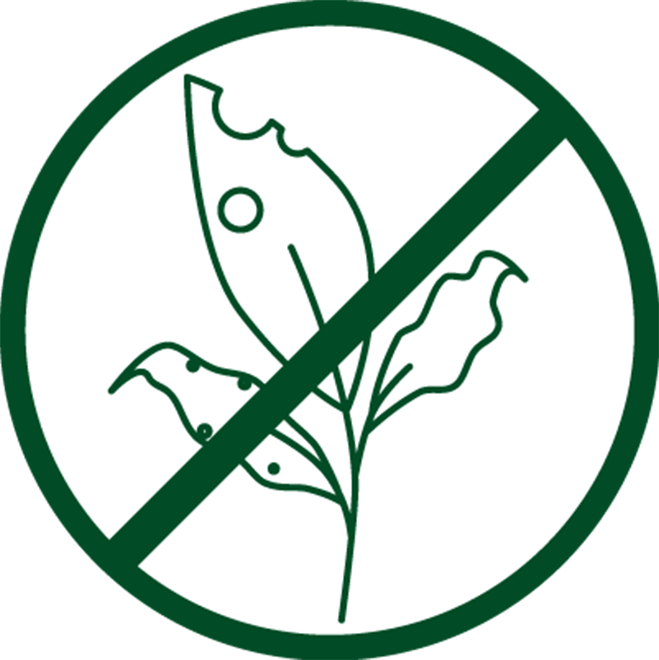
7 Disease and Pest Protection = Prevention of Bullying and Harassment
Disease and pests can cause major and sometimes irreparable damage. Similarly, it’s critical to protect your people and keep them safe from negatives such as bullying and harassment. If such behavior is left unchecked, it can sabotage a productive environment, damage your organization’s reputation, and cause you to lose good people.
Leaders who intentionally cultivate a healthy team culture will see the fruits of their labor over the long term.
Have a zero-tolerance policy and actively champion being an upstander, not a bystander, when smaller offences occur, such as inappropriate jokes or insulting behavior. Have conversations in team meetings about the way things are done and the behaviors you will and won’t accept.
- Be vigilant to eradicate any signs of unsavory behavior, early on. Proclaim your zero-tolerance stance regularly and thank people for maintaining a positive environment.

8 Regular Weeding = Staying Top of Issues
It’s much easier to pull out weeds when they’re small, before they become deeply rooted problems. Underground, out-of-sight weeds can steal precious nutrients and undermine growth. Just as a master gardener mulches around their plants to prevent weeds, have systems in place to proactively prevent problems that can impact development and success.
If you notice problems popping up, such as someone skipping steps or ignoring policy, talk to them straight away. Ask open questions and get them back on track by ensuring they understand why it’s important.
- Address things as soon as you spot them to prevent issues from growing.
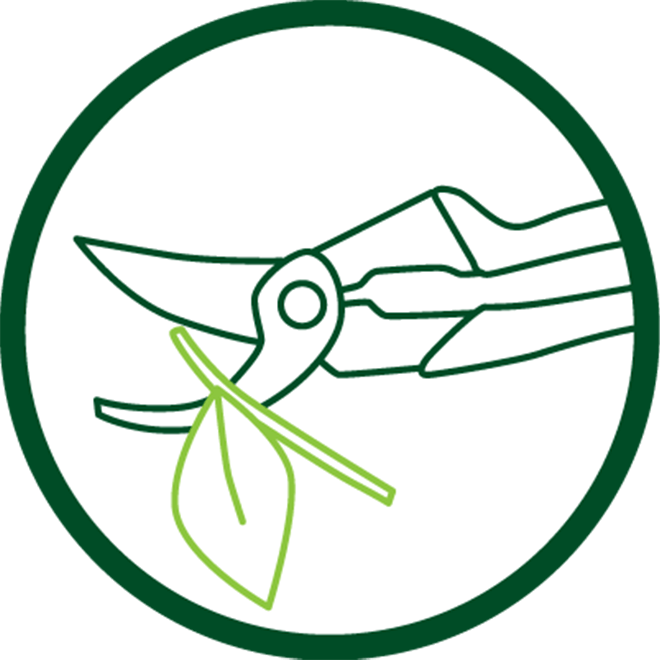
9 Pruning = Prioritizing
Pruning defines a tree’s shape and direction of growth. When a tree is pruned, it puts energy into the key branches that remain. The word “decide” comes from the Latin word decidere, which literally means to cut off. When you make decisions and communicate the top priorities, you cut off alternatives and clearly show people where to spend their time and effort.
Prioritizing at work is vital to avoid bogging people down with too many ongoing projects. Have a weekly catch-up to check in on your team members’ workload and clarify their top priority. If you think it’s x and they think it’s y, you’ll both end up frustrated.
- If people are overwhelmed, help them understand what’s really critical, and agree on realistic timeframes to achieve it, so they can focus their energy.

10 Space = Autonomy
In an orchard, trees need adequate space to grow, with gaps between their branches for airflow and sunlight, and to allow birds and bees to pollinate. Equally, staff need time and space to pollinate new ideas and the freedom and autonomy to get on with their work rather than feeling they’re being micromanaged, which only leaves them feeling stifled and disempowered. Orchardists allow sufficient space so trees don’t knock into each other. Similarly, team members need to give one another adequate space to avoid unhealthy friction.
- Ensure good role clarity and empower people with the autonomy to get on with things.

11 Good Soil = Your Workplace Culture
A tree cannot flourish if planted in poor soil. Consider your team culture to be like healthy soil—it’s vital to people’s growth and performance. Creating a positive environment not only nourishes people it also allows them to put down strong roots.
Create rituals in team meetings, such as having each person share an inspiring quote, a joke, or a life hack to bond team members together.
Get input from staff on the sorts of social events they’d like. Rather than getting together for drinks after work, consider more inclusive outings like a family picnic, a scavenger hunt, or a volunteer opportunity in the community.
- Focus on cultivating a connected team who have a deep sense of belonging.
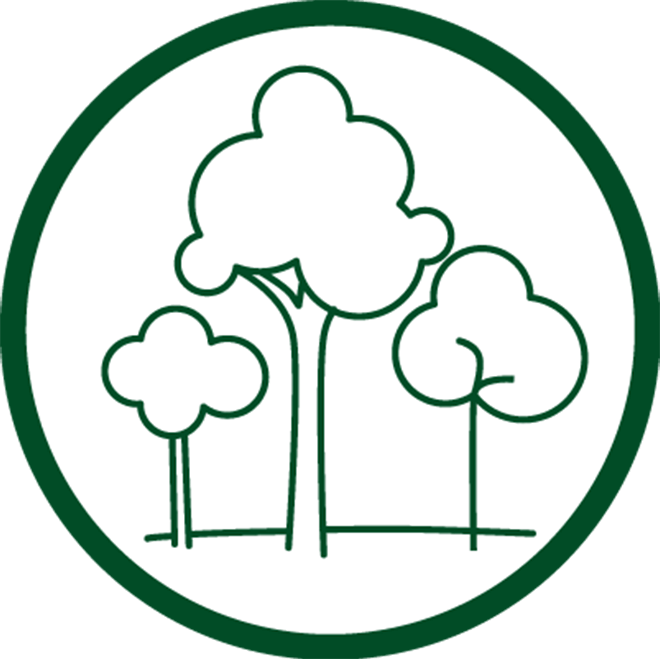
12 Orchard Layout = Structuring Your Team
Master gardeners understand the importance of creating harmony when they design their orchard layout. They treat their trees like a team, taking each one’s individual characteristics and the conditions that help them flourish into account.
A gardener will plant smaller trees in a spot where sturdy and larger trees can protect them from the wind and harsh sun. Similarly, great leaders place people in roles that highlight their strengths. A charismatic, creative person will be assigned different roles than a detailed, task-oriented one. This creates a positive, symbiotic team dynamic where everyone can flourish.
- Structure your team to maximize each person’s strengths, so they can achieve more as a whole.
Go out and cultivate a thriving team culture in your Toastmasters club and workplace, and see the difference it makes to those around you as they thrive and succeed.
Lauren Parsons, DTM is a business coach and the founder of Lauren Parsons Wellbeing, which focuses on creating a positive work environment and boosting productivity. She was named 2023/24 New Zealand Keynote Speaker of the Year and is the author of three books. Lauren is a member of the PN Advanced club in Palmerston North, New Zealand. Learn more at LaurenParsonsWellbeing.com.
Related Articles

Leadership
Building Extraordinary Teams

Leadership
The Secret to Confidently Humble Leadership

Leadership


 Previous
Previous

 Previous Article
Previous Article